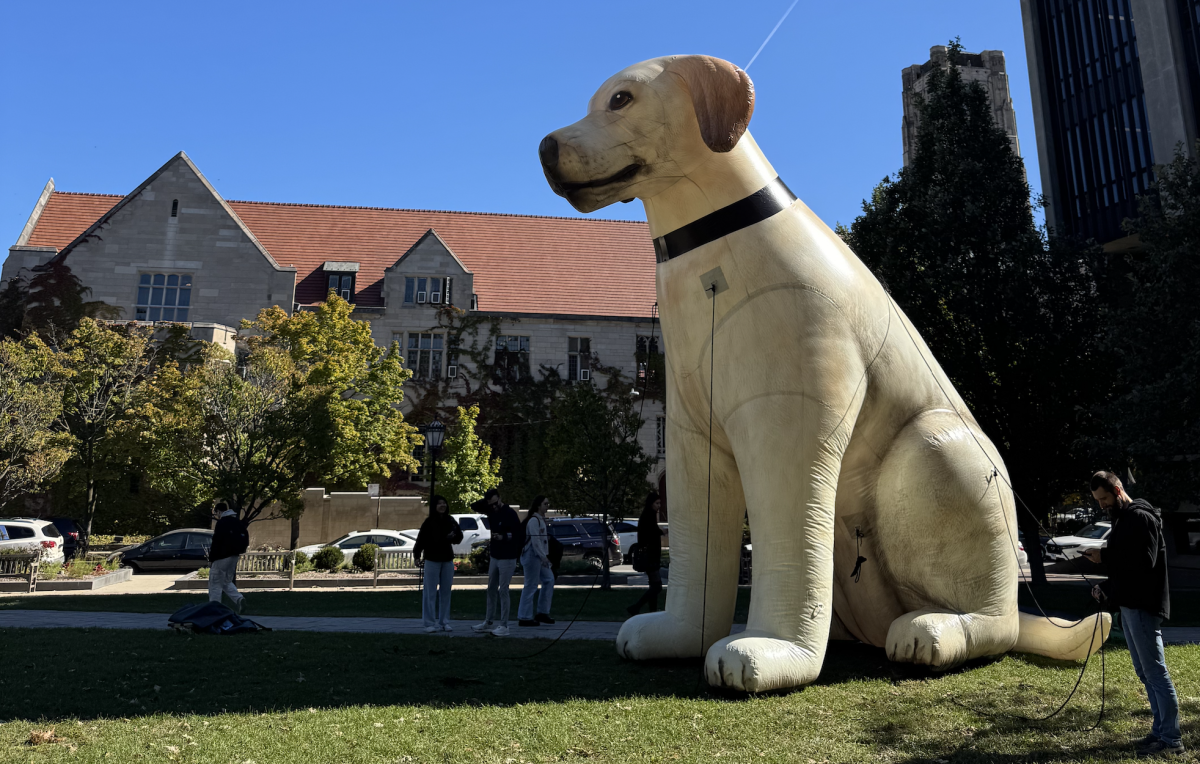There is a microscopic chance that U of C physicists have found a particle with big scientific implications. But the speculation alone is enough to have the scientific community’s attention captivated.
Physicists at the University’s Fermi National Accelerator Laboratory (Fermilab) announced Wednesday that a data anomaly could be evidence of a previously unobserved subatomic particle. This is an observation that, if proven, could fundamentally alter scientists’ understanding of the way subatomic particles interact with one another, a system called the Standard Model of Physics.
Some scientists believe that the existence of the supposed new particle could, among other things, change prevailing notions on the origin of mass, a major component of the Standard Model of Physics.
“It remains to be seen whether this measurement is an important indication of long-awaited new physics beyond the Standard Model,” read a Fermilab “Result of the Week” press release.
Even though an April 6 New York Times article heralded the discovery “a new force of nature,” physicists are not entirely convinced that the findings are not simply due to chance. Fermilab researchers calculated that there is less than a 0.07 percent chance that their results would occur by chance, demonstrated by a sigma value of 3.2. Particle physicists generally consider a sigma of 5.0 to indicate a genuine discovery.
An April 7 Fermilab press release also considered the possibility that the anomaly might simply indicate that the lab needs to reassess its theory and methodology in conducting similar experiments. “That possibility, albeit less glamorous, would still have important implications,” the release read. “Questioning these tools would require us to challenge our understanding of the fundamental forces of nature, the foundation of particle physics.”
While scientists are uncertain of the data’s implications, they have ruled out the theoretical Higgs boson—famously known as the “God particle”—based on inconsistencies found between it and the anomaly. The Higgs boson is believed to be responsible for endowing other particles with mass and is the theoretical basis of the Standard Model.
Scientists may not have discovered the Higgs boson, but their understanding of the Standard Model could still change tremendously. Currently, the Higgs boson is believed to be the only particle of its kind. If Fermilab’s discovery checks out, there might be a more complex mechanism that lies at the foundation of the Standard Model.
“Instead of postulating a fundamental particle, the Higgs boson, to explain the origin of mass, this would suggest a more dynamical origin involving new forces in nature forming effective states that mimic a Higgs boson,” Christopher T. Hill, a theorist at Fermilab who was not involved with the project, wrote in an e-mail.
The anomaly was an energy peak in the lab’s analysis of nearly 10,000 collisions between protons and antiprotons in Fermilab’s particle accelerator. The collisions created a stream of particles whose extremely high total energy—nearly 144 billion electron volts, far higher than that of the protons that created them—led scientists to believe that an unknown particle was involved.
Hill wrote that the results would need bona fide confirmation or denial from other experiments in the particle accelerator.
The findings are likely to be some of the last for Fermilab’s particle accelerator, known as Tevatron. In January it was announced that Tevatron would cease operation in September due to budget cuts.
Located in Batavia, Illinois, Fermilab is jointly operated by the University of Chicago and the U.S. Department of Energy.








